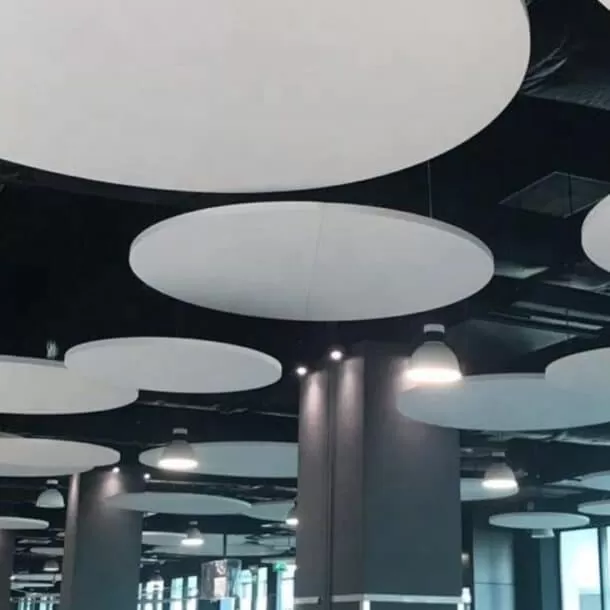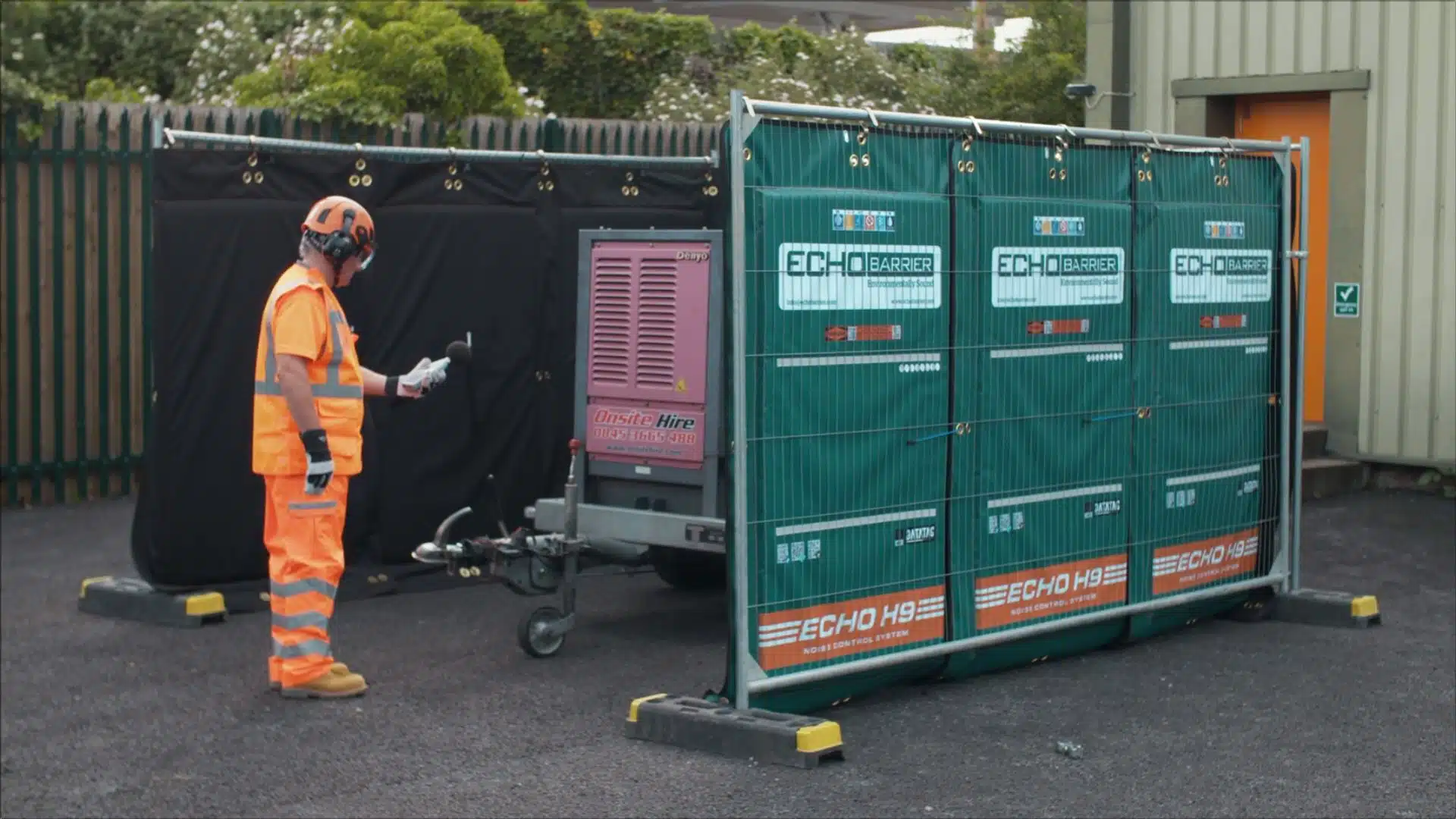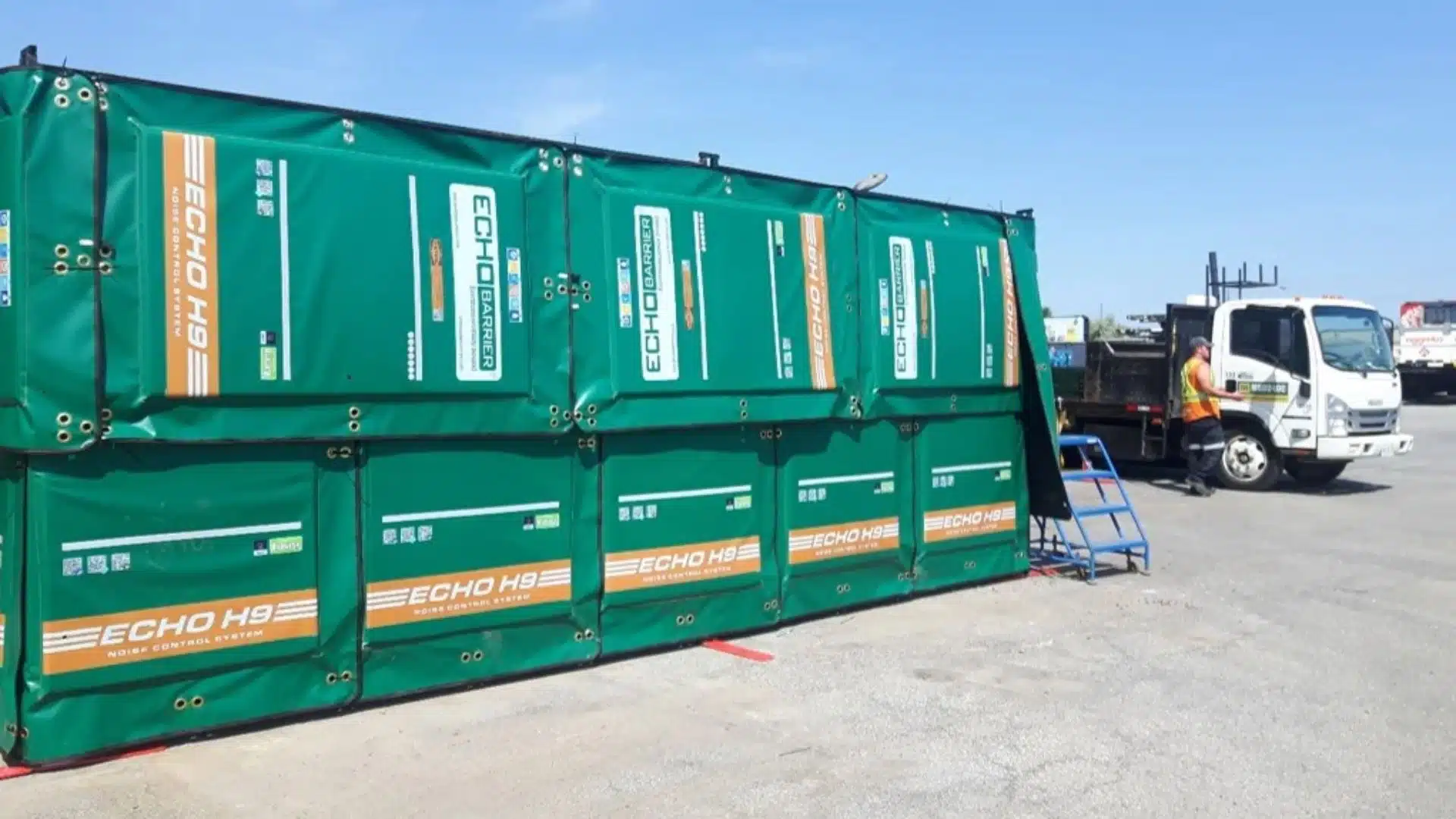
Generator Acoustics: Exploring the Nexus Between Sound and Sustainability
In an age where sustainability and environmental consciousness are at the forefront of technological advancements, the intersection of sound and sustainability in generator acoustic presents a compelling area of study. Generators, essential for providing backup power in various settings, from hospitals to construction sites, pose a significant challenge in terms of noise pollution. This article delves into the relationship between Generator Acoustics and sustainability, exploring how advancements in sound technology are shaping a more sustainable future.
Introduction: The Sound of Power
In the modern world, generators are essential for maintaining a steady supply of electricity during blackouts and in remote areas. However, their operation often comes with a considerable downside: noise pollution. The sound emitted by generators can disrupt communities, harm wildlife, and contribute to a general decline in environmental quality. Addressing the acoustics of generators is, therefore, not just a matter of convenience but a crucial aspect of sustainable development.
The Science of Generator Acoustic
Generator acoustic involves understanding and controlling the noise generated by these machines. Noise from generators originates from several sources: the engine, cooling fans, exhaust systems, and vibrations transmitted through structures. The noise levels are typically measured in decibels (dB), with most generators producing between 60 and 90 dB, comparable to the noise level of a busy street or a lawnmower.
Many factors, including engine type, size, and load, can affect generator noise. Diesel generators, for example, are generally noisier than their gas-powered counterparts due to the nature of diesel combustion. Moreover, larger generators tend to produce more noise, and the sound intensity can vary depending on the load, with higher loads often resulting in increased noise levels.
Mitigating Noise for Sustainability
Reducing the noise generated by these power sources is critical for minimizing their environmental impact. Effective noise mitigation strategies include:
Soundproof Enclosures: Enclosures made of sound-absorbing materials can significantly reduce noise levels. These materials trap and dissipate sound waves, preventing them from escaping into the environment.
Exhaust Mufflers: High-performance mufflers can attenuate the noise produced by exhaust systems. Advanced muffler designs can reduce noise by up to 20-30 dB, making a substantial difference in overall noise emissions.
Isolation Mounts: Vibrations from generators can transmit noise through the ground and structures. Isolation mounts or anti-vibration pads can help in decoupling the generator from its base, thereby reducing vibrational noise.
Innovative Engine Designs: Modern engines with quieter combustion processes and better fuel efficiency not only produce less noise but also contribute to lower emissions, aligning with broader sustainability goals.
Sound and Sustainability: A Symbiotic Relationship
The connection between sound and sustainability in the context of generators extends beyond noise reduction. Sustainable practices in generator acoustic also encompass the materials and technologies used in noise mitigation. For instance, using eco-friendly and recyclable materials for soundproofing and adopting energy-efficient technologies can enhance the overall sustainability of generators.
Furthermore, quieter generators contribute to social sustainability by improving the quality of life in communities. Stress, disturbed sleep, and cardiovascular disorders are just a few of the health concerns that noise pollution has been connected to. By reducing generator noise, we can create healthier and more livable environments, particularly in urban areas and residential neighborhoods.
The Future of Generator Acoustic
Technological developments are making it possible for generators to operate more sustainably and quietly. Innovations such as hybrid generators, which combine traditional engines with batteries, offer promising solutions. These generators can operate silently on battery power for extended periods, switching to engine power only when necessary. Additionally, research into alternative energy sources, such as solar and wind, is gradually reducing reliance on traditional generators, further mitigating noise pollution.
Moreover, smart technologies are being integrated into generator systems, allowing for real-time monitoring and control of noise levels. Predictive maintenance and automated adjustments can optimize generator performance, ensuring minimal noise output while maximizing efficiency.
Conclusion: Harmonizing Power and Peace
Generator acoustics, at the intersection of sound and sustainability, is a vital consideration in the quest for a greener and more harmonious world. By addressing the noise pollution associated with generators, we can reduce their environmental impact and enhance the quality of life for communities worldwide. As technology continues to evolve, the future holds promise for even quieter, more efficient, and more sustainable generators, bridging the gap between the need for power and the imperative of environmental stewardship. Through concerted efforts in innovation and design, we can ensure that the hum of progress does not drown out the symphony of nature.




